Inventory launched
In 2004, the Hong Kong government accepted the Convention for the Safeguarding of the Intangible Cultural Heritage adopted by UNESCO.
The Convention stipulates that ICH, such as oral traditions and expressions, performing arts, social practices, rituals and festive events should be safeguarded in numerous ways, including launching one or more ICH inventories, and updating them regularly.
In June 2014, the Hong Kong government launched the city's first ICH inventory, which comprised 480 items.
To prioritize resources for ICH, the government chose 20 items, including Cantonese Opera and a paper-crafting technique, and in August 2017, it launched the first Representative List of the Intangible Cultural Heritage of Hong Kong.
From 2006 to 2021, a total of 12 Hong Kong ICH items were inscribed as national ICH. In 2009, Cantonese Opera was added to UNESCO's Representative List of the Intangible Cultural Heritage of Humanity, becoming a world-class cultural item.
Many people believed it was a waste of time to preserve ICH. However, Siu said it was not about a particular industry or art form, but passing down the value of an art form.
Siu said Japan was the first nation to protect ICH through legislation.
In Japan, artists with unique craftsmanship are regarded as "national treasures".In giving them higher social status and economic support, the country preserves many traditional crafts, such as carving, ceramics and the kimono, at a high level.
Hong Kong paper-crafting master Hui Ka-hung is a good case in point.
For a long time, he was known as Zhi Zha Lao, a disparaging term for those working in the paper-crafting industry.
Dating back hundreds of years, this art involves using simple materials, including bamboo splints, rice paper strips, colored papers and silk fabrics, to make objects such as paper lanterns, floral tributes, dragons and Chinese unicorns. Paper-crafting products are commonly seen at traditional festive celebrations and religious rituals.
During the 1950s and '60s, the paper-crafting industry peaked, with numerous artworks being exported to countries such as the United Kingdom, the United States and Canada. As Hong Kong's economic structure changed dramatically in the following years, the industry gradually declined.
Hui started his career in the 1970s at the age of 8, and two years later, he became an apprentice to a craftsman making lion costumes. Hui had a passion for lion dancing, a traditional Chinese dance form in which performers wear such costumes to mimic the animal's movements.
Earning only HK$4,000 a month, Hui honed his skills for a decade.
When he was about 20, he launched his paper-crafting business, Hung C. Lau Ltd.Making products by hand was highly inefficient, and Hui often spent five or six days on a small item. However, despite the low pay, he enjoyed the work.
For more than a decade Hui struggled to keep the business going, until 2017, when Paper Crafting Technique was inscribed onto the first Representative List of Hong Kong's ICH.
Hui's career and life changed dramatically as more attention was paid to his craftsmanship. He was invited to exhibit his work in front of San Francisco City Hall in the U.S. to mark the 20th anniversary of Hong Kong's return to the motherland.
It took Hui several months to make half a dozen 6-meter-high paper vases, which were displayed in San Francisco for three months.
More unexpected opportunities came his way. In 2019, several foreigners visited Hui's store. They were from the Golden Dragon Museum, an institution in Bendigo, a city in the Australian state of Victoria that is dedicated to the culture and history of Chinese Australians. The visitors invited Hui to make a gold dragon for them, as the museum traditionally collects such items every 50 years.
One month later, the governor of Victoria visited Hong Kong to sign the contract with Hui.
Hui formed a team of more than 20 people, who spent seven months making a paper dragon with thousands of gold scales on its body.
After the dragon was completed, the museum invited Hui and his team to take part in a dragon dance performance in Bendigo. Holding the golden dragon, Hui walked at the head of his team and the performers surrounded by thousands of local residents, who called him "Father of the dragon".
"It was one of the most unforgettable moments of my life, and I'm glad so many foreigners appreciated the craft from Hong Kong," he said.
The performance made headlines in many newspapers, with one saying it signaled that "Hong Kong traditions are going global".








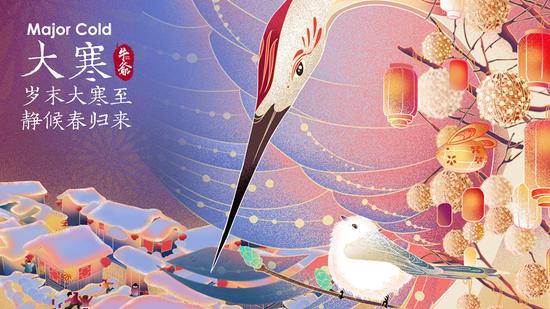
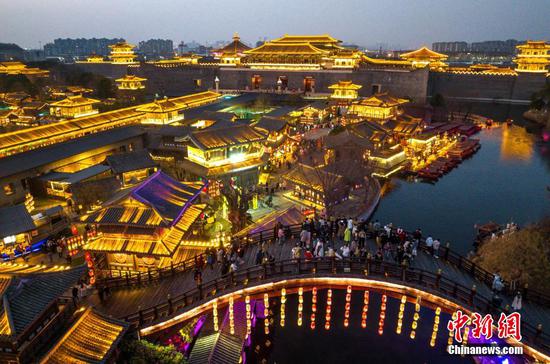
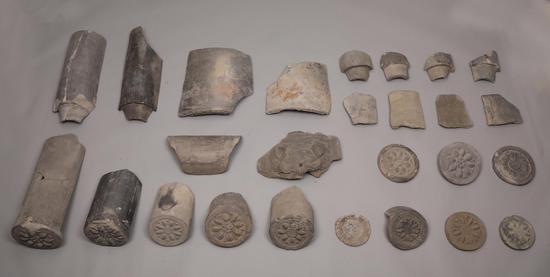
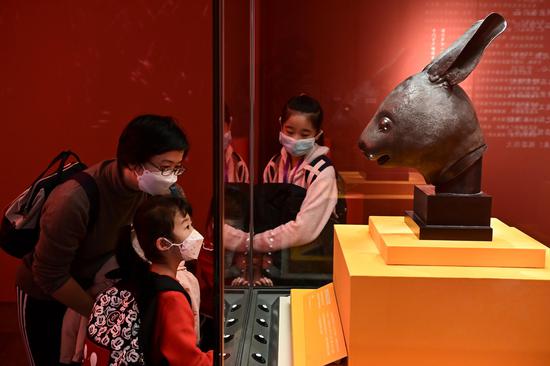
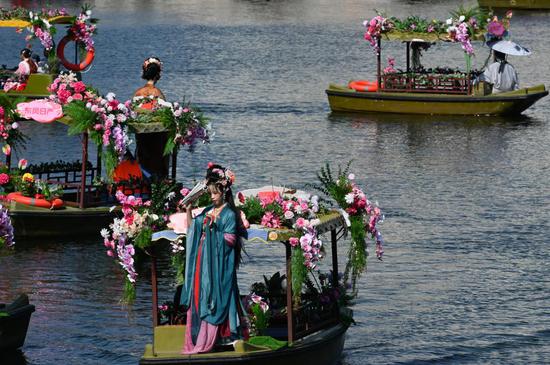
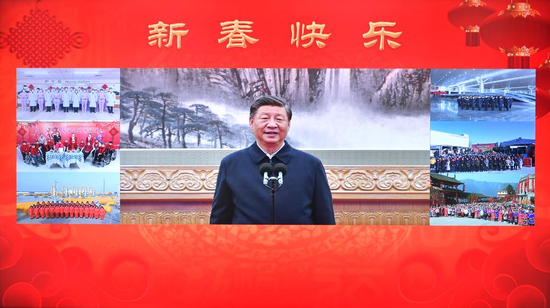

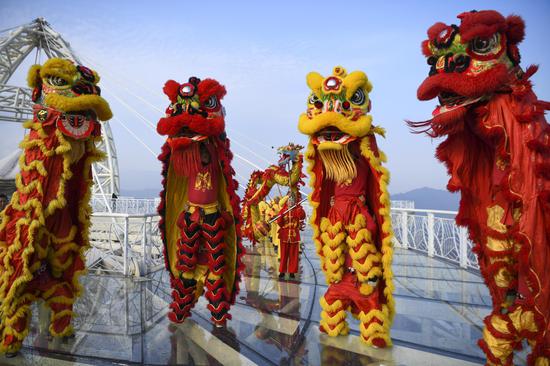
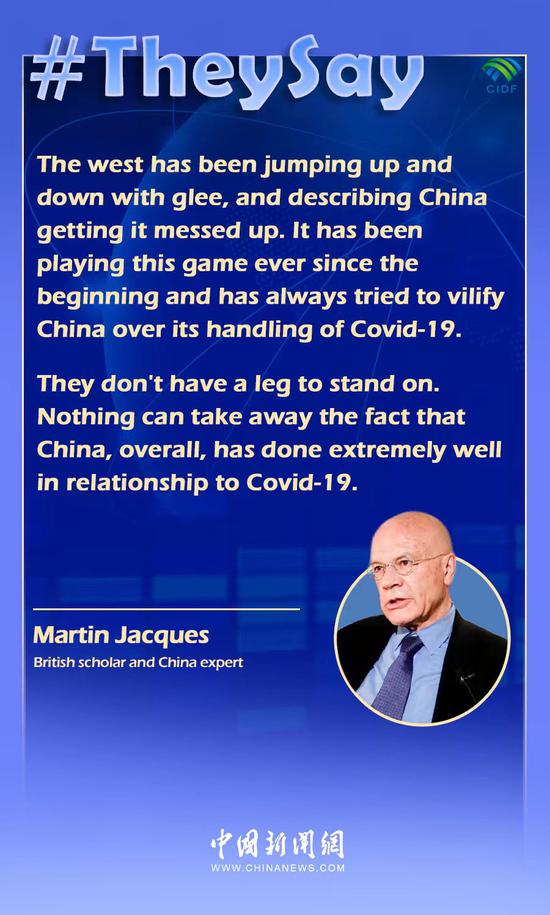
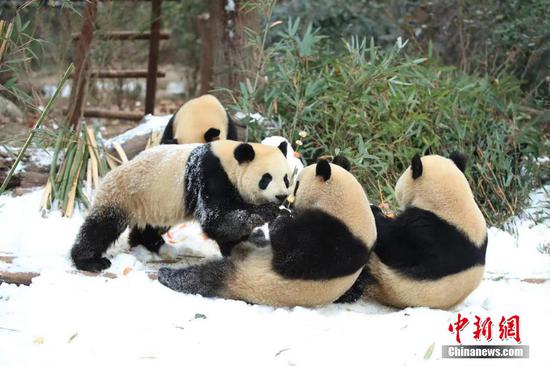

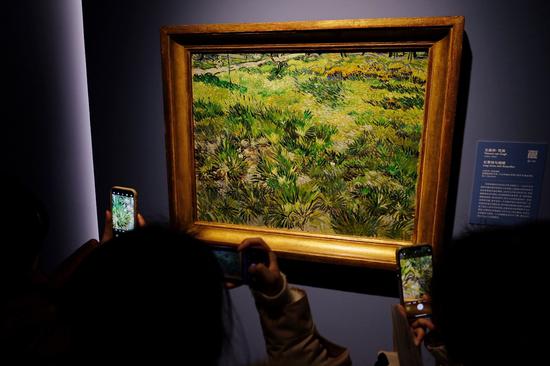

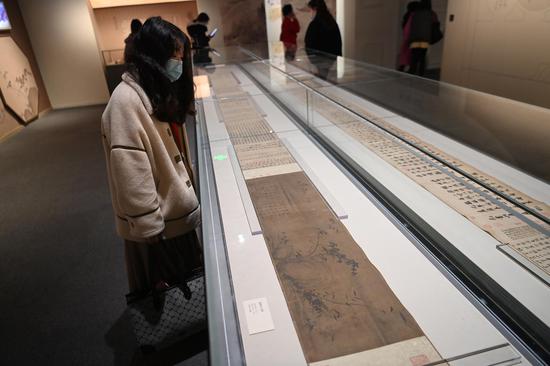

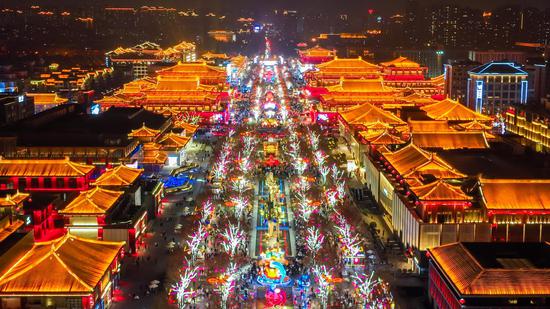


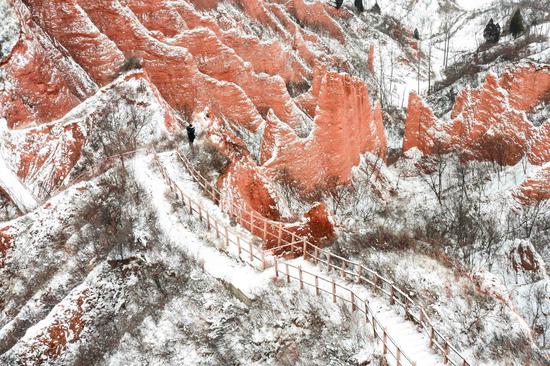
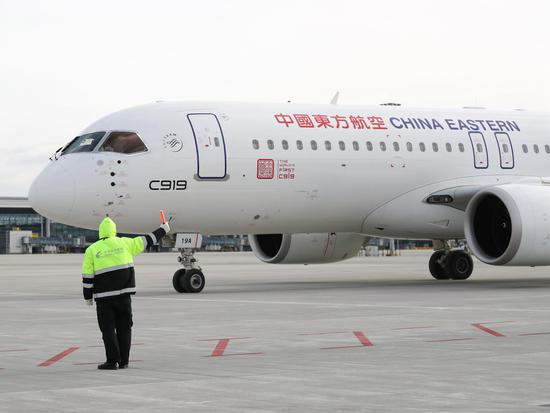


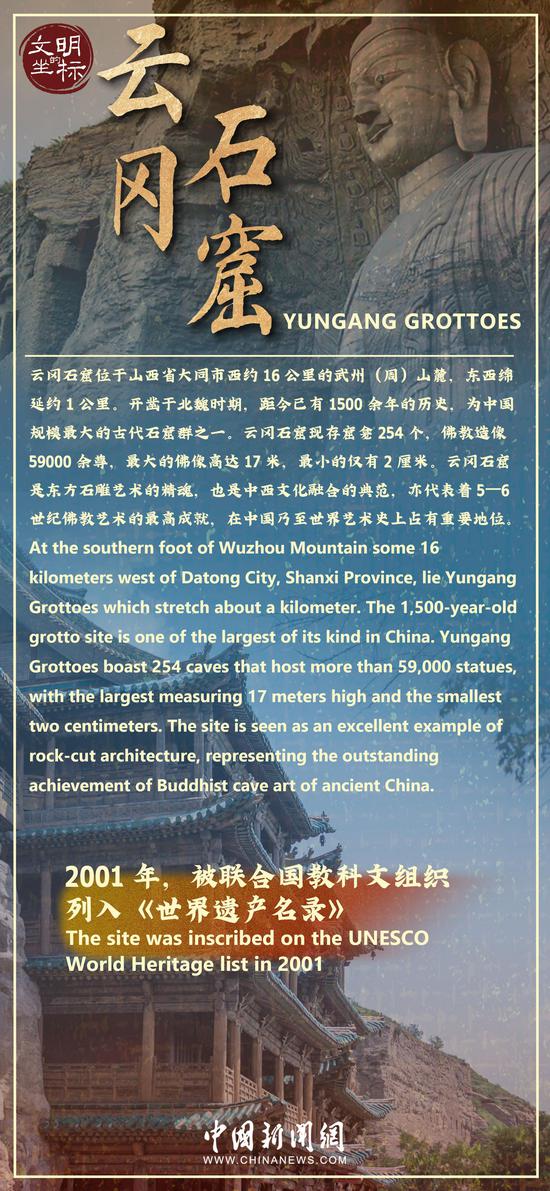
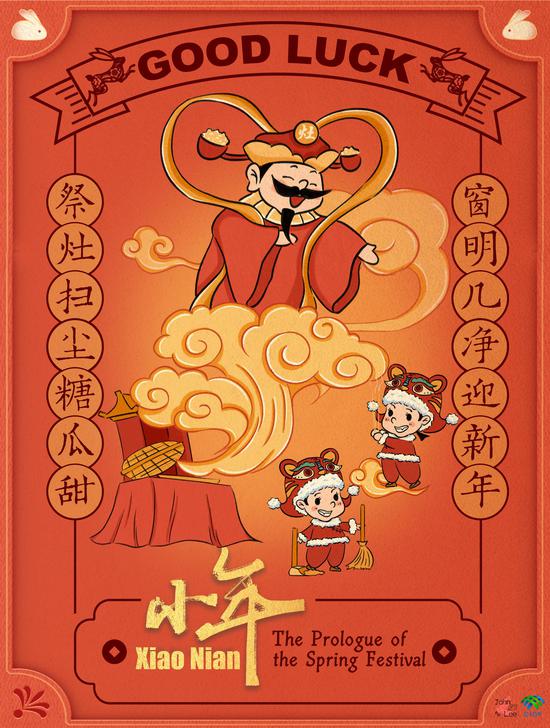
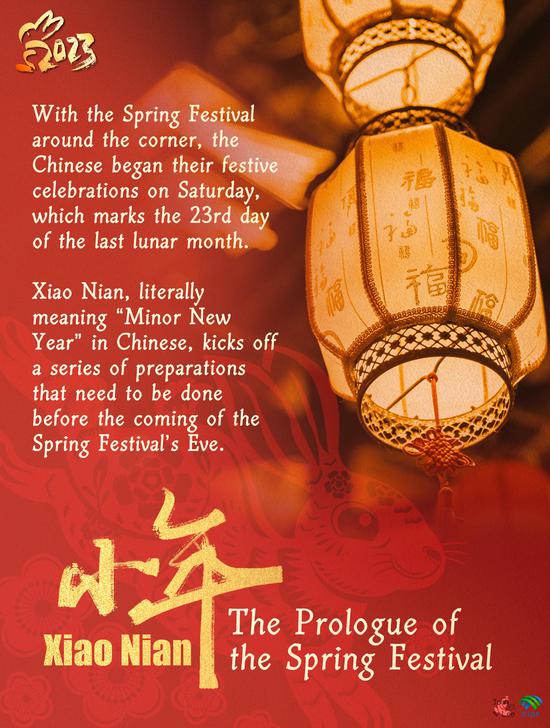



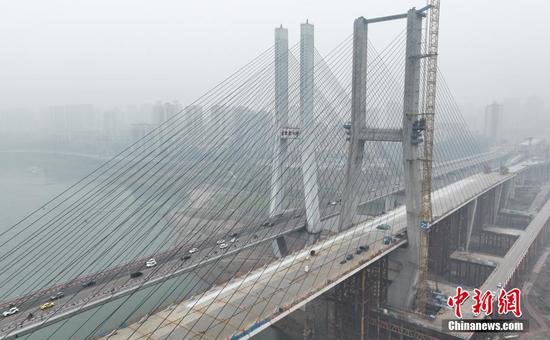
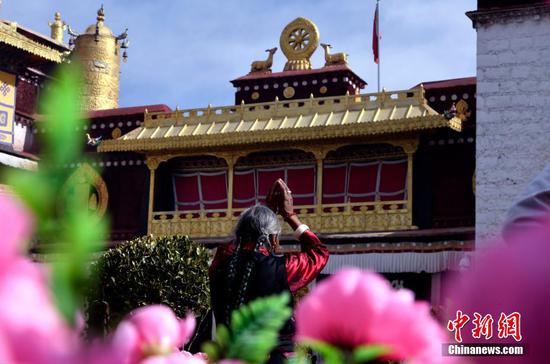

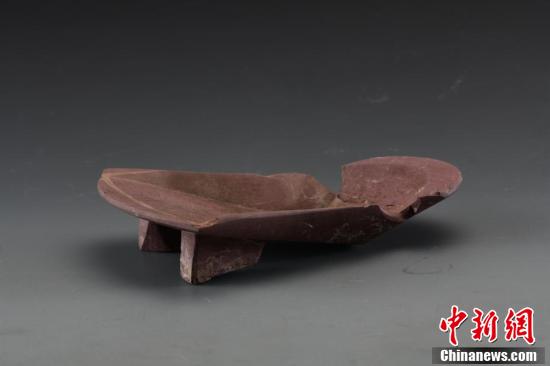
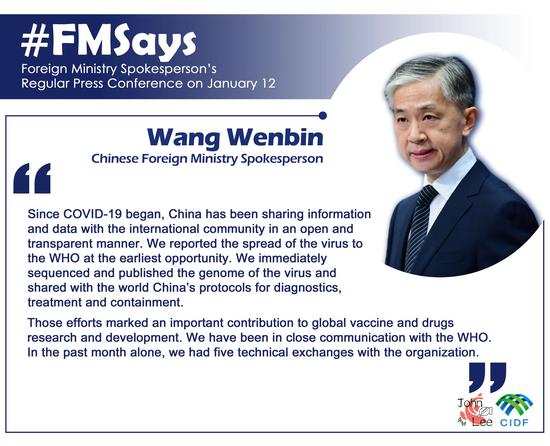
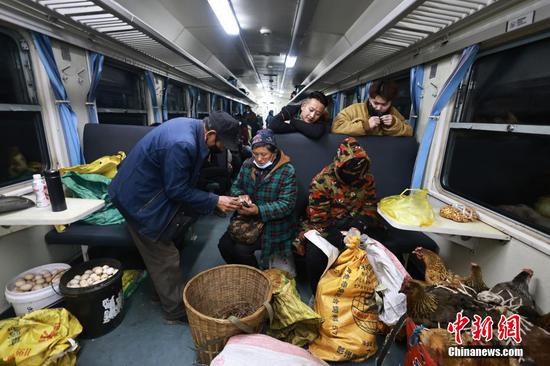
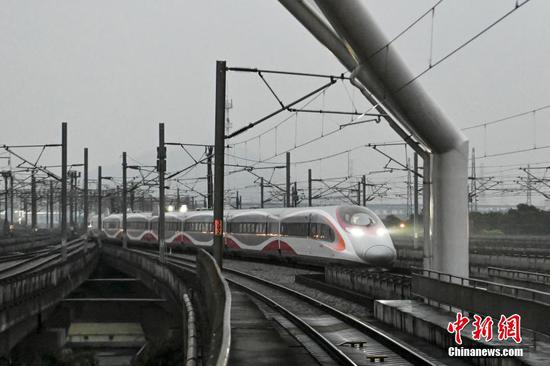
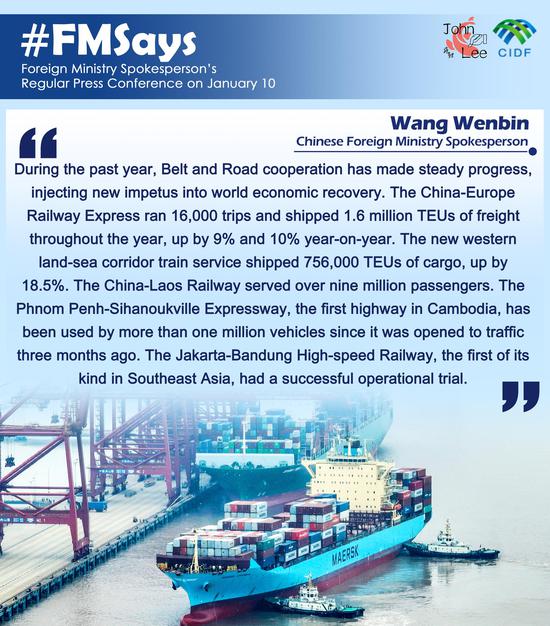
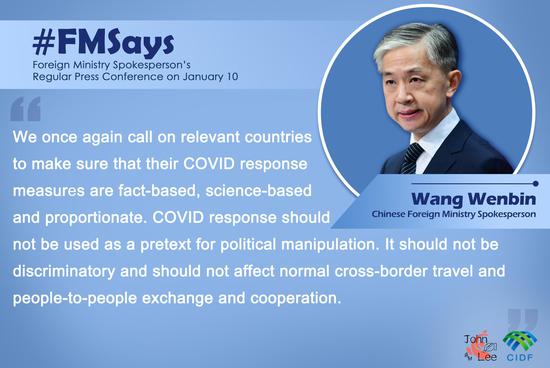





 京公網安備 11010202009201號
京公網安備 11010202009201號